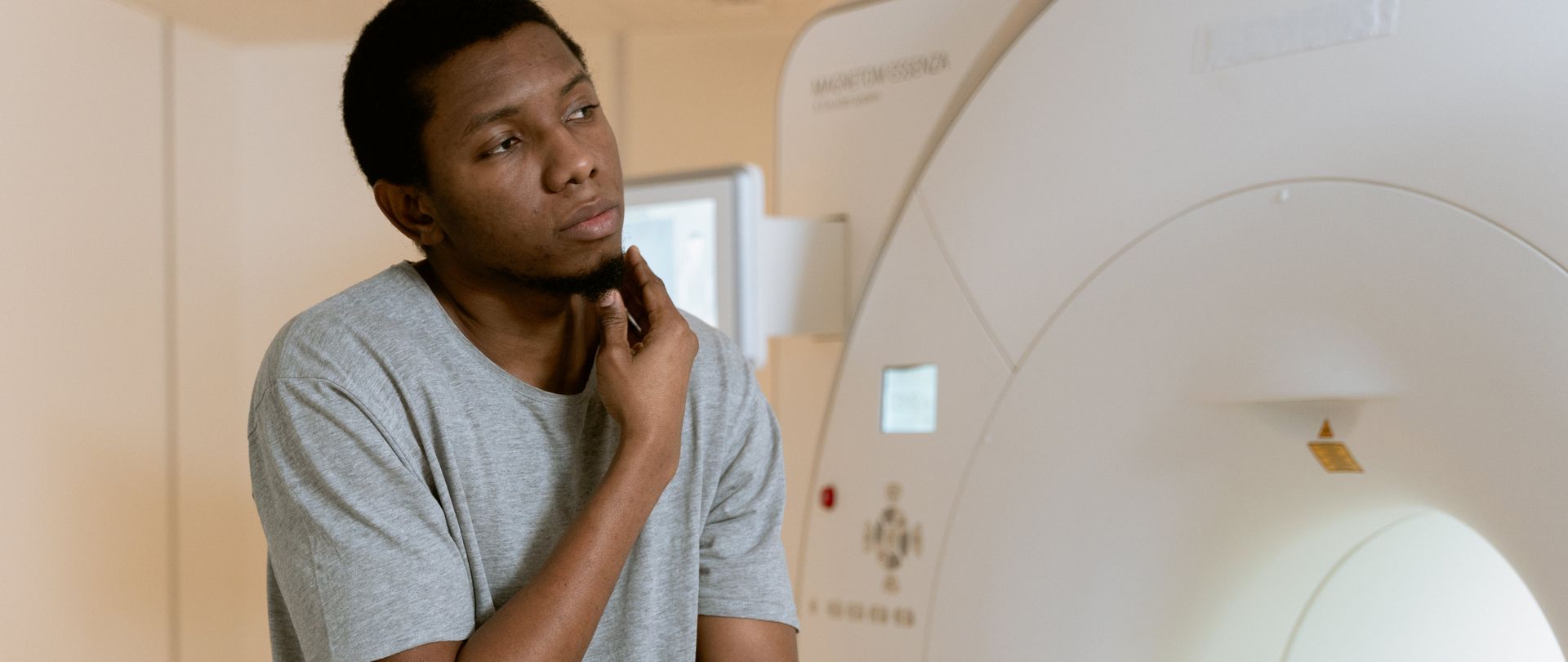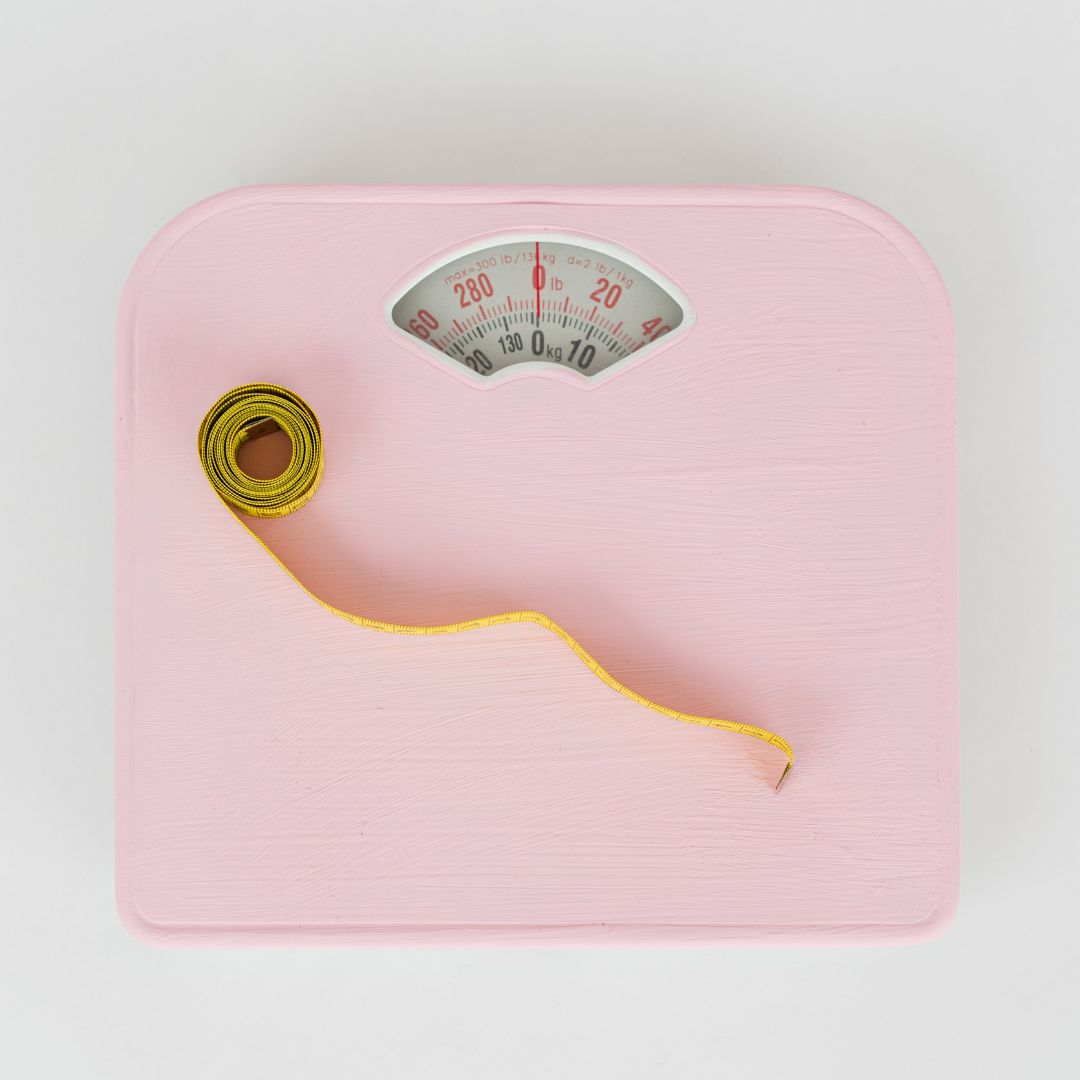How Long Does a CT Scan Take?


How Long Does a CT Scan Take?
A CT scan is a commonly performed medical imaging test that helps doctors diagnose and monitor various health conditions. If you've been scheduled for a CT scan, you may be wondering how long the procedure will take. In this article, we will explore the basics of a CT scan, the different factors that can influence its duration, and the average time it takes for some common CT scans.
Understanding the Basics of a CT Scan
A CT scan, also known as a computed tomography scan, is a medical imaging technique that uses a combination of X-rays and computer processing to create detailed cross-sectional images of the body. These images provide valuable information to healthcare professionals and help them make accurate diagnoses.
A CT scan is a non-invasive procedure that allows doctors to see inside the body without the need for surgery. It is a painless and relatively quick procedure, usually taking only a few minutes to complete. The images produced by a CT scan are highly detailed and can provide a wealth of information about the internal structures of the body.
What is a CT Scan?
A CT scan works by taking multiple X-ray images from different angles around the body and then electronically processing them to create detailed cross-sectional images. These images can show the internal structures of the body, such as organs, bones, blood vessels, and soft tissues, with great precision.
The X-ray images are taken by a machine called a CT scanner, which is a large, donut-shaped device. The patient lies on a table that moves through the center of the scanner while the X-ray images are being taken. The scanner emits a series of X-ray beams that pass through the body and are detected by sensors on the opposite side of the scanner. These sensors measure the amount of X-ray radiation that passes through the body and create a digital image based on the data collected.
Once the X-ray images are obtained, they are sent to a computer that processes the data and reconstructs the images into cross-sectional slices. These slices can be viewed individually or combined to create a 3D image of the body. The images can be manipulated by the healthcare professional to examine specific areas of interest and provide a more detailed analysis.
Why is a CT Scan Needed?
A CT scan may be requested by a healthcare provider for various reasons. It can be used to diagnose conditions like tumors, infections, injuries, or blockages. It is also commonly used to monitor the progression of certain medical conditions or to evaluate the effectiveness of treatments.
For example, if a patient presents with symptoms such as abdominal pain, a CT scan can help identify the cause of the pain by providing detailed images of the abdominal organs. It can reveal the presence of any abnormalities, such as tumors or inflammation, that may be causing the symptoms. This information can then be used to guide further diagnostic tests or determine the appropriate course of treatment.
In addition to diagnosing specific conditions, CT scans can also be used for screening purposes. For example, a CT scan of the lungs can be used to detect early signs of lung cancer in individuals at high risk, such as smokers or those with a family history of the disease. Early detection can significantly improve the chances of successful treatment and survival.
Overall, CT scans are a valuable tool in modern medicine, providing healthcare professionals with detailed and accurate information about the internal structures of the body. They play a crucial role in diagnosing and monitoring various medical conditions, allowing for timely and effective treatment.
The Process of a CT Scan
A CT scan, also known as a computed tomography scan, is a medical imaging procedure that uses X-rays and computer technology to create detailed cross-sectional images of the body. It is commonly used to diagnose and monitor various medical conditions, including tumors, infections, and injuries.
Preparing for a CT Scan
Prior to the CT scan, there are a few important steps to ensure accurate and safe imaging. You may be asked to change into a hospital gown to minimize interference with the imaging process. Additionally, any jewelry or metal objects that could potentially affect the scan will need to be removed. This is because metal can cause artifacts in the images, making it difficult for the radiologist to interpret the results accurately.
Depending on the area of the body being scanned, you may also be required to fast for a few hours beforehand. This is particularly important if the scan involves the abdomen or pelvis, as having food in the digestive system can interfere with the clarity of the images. In some cases, you may be asked to drink a contrast material before the scan. This substance helps enhance the visibility of certain structures, such as blood vessels or organs, making it easier for the radiologist to identify any abnormalities.
During the CT Scan
Once you are prepared for the scan, you will be positioned on a motorized table that gradually moves through the CT scanner. The scanner itself is a large, doughnut-shaped machine that emits X-rays. It is important to remain still during the scan to ensure clear images. To minimize motion, you may be asked to hold your breath for short periods while the images are being taken. This helps reduce blurring and ensures that the radiologist can accurately assess the structures being imaged.
The CT scanner will rotate around your body, taking multiple X-ray images from different angles. These images are then processed by a computer to create cross-sectional slices of the body. The radiologist will carefully analyze these images to identify any abnormalities or areas of concern. The entire process usually takes only a few minutes, but it may vary depending on the specific area being scanned.
After the CT Scan
After the scan is complete, you will usually be able to resume your normal activities unless you received contrast material. If contrast material was used, it is important to follow any specific instructions given by the healthcare provider. In some cases, the contrast material may require additional monitoring or precautions. For example, if you have a history of kidney problems, the healthcare provider may advise you to drink plenty of fluids to help flush the contrast material out of your system.
If you experience any unusual symptoms after the CT scan, such as an allergic reaction or severe pain, it is important to contact your healthcare provider immediately. They will be able to provide further guidance and address any concerns you may have.
In conclusion, a CT scan is a valuable diagnostic tool that provides detailed images of the body's internal structures. By following the necessary preparations and cooperating during the scan, you can help ensure accurate and reliable results that will aid in your medical care.
Factors Influencing the Duration of a CT Scan
Complexity of the Exam
The complexity of the CT scan can significantly impact the duration of the procedure. Some scans require more images to be taken or more detailed imaging sequences, which can take additional time to complete.
Patient's Condition
Individual patient factors, such as the level of cooperation, ability to lie still, or the presence of medical conditions that may require special considerations, can affect the amount of time needed for a CT scan.
Technological Factors
The type of CT scanner being used, its capabilities, and the protocols selected by the radiology team can also influence the duration of the scan. Newer scanners, for example, may allow for faster image acquisition, reducing the overall scan time.
Average Duration of Common CT Scans
Head CT Scan
A head CT scan typically takes about 5 to 15 minutes to complete. The actual scanning time may be shorter, but factors such as positioning and preparation can add to the overall duration.
Abdominal CT Scan
An abdominal CT scan can range from 10 to 30 minutes. The complexity of the exam and the use of contrast material may contribute to a longer scanning time.
Chest CT Scan
A chest CT scan usually takes approximately 5 to 20 minutes. As with other scans, factors like breath-holding instructions and the need for contrast material can impact the total time.
It is important to note that these durations are estimates and can vary depending on individual circumstances and the specific facility where the scan is being performed. Your healthcare provider will provide you with more accurate information regarding the expected duration of your CT scan.
In conclusion, the duration of a CT scan can vary depending on several factors, including the complexity of the exam, the patient's condition, and the technology used. While the actual scanning time may be relatively short, it is important to account for factors such as preparation, positioning, and post-scan procedures. Your healthcare provider will be able to provide you with more specific information for your particular situation.
If you are interested in tracking your body fat, muscle mass, and bone health over time, consider BodySpec's affordable DEXA scans. DEXA scanning provides accurate and detailed measurements to help you monitor and optimize your wellness journey.


